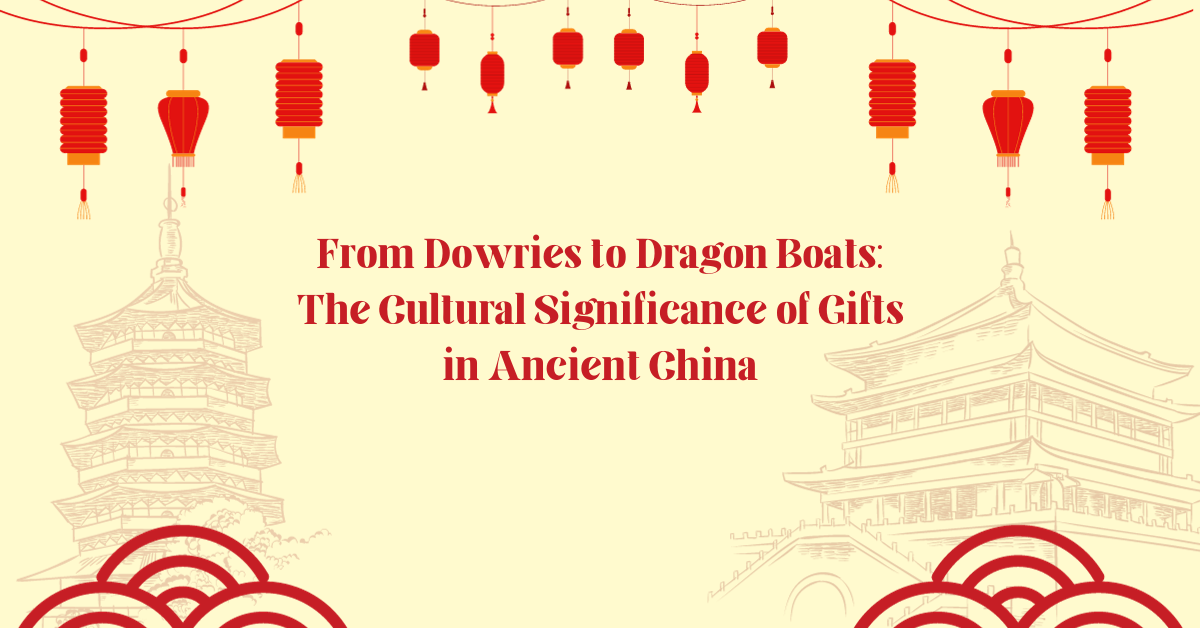You may think that gifts in feudal Japan were merely tokens of appreciation, but they held far greater significance. From kimonos to katanas, each gift carried symbolic meaning that reflected the complex social structure and traditions of the time.
In this article, we will delve into the rich symbolism behind these gifts and explore how they played a pivotal role in conveying status, power, and cultural values.
Prepare to uncover the hidden messages and rituals behind gift-giving in feudal Japan.
Kimonos: A Reflection of Status
As you explore the symbolism of gifts in feudal Japan, you’ll discover that kimonos served as a visual representation of one’s social standing. In the samurai hierarchy, where status and rank were of utmost importance, the type and quality of the kimono one wore could convey a wealth of information about their position in society.
Silk production played a crucial role in the creation of kimonos and was a highly valued commodity in feudal Japan. The process of producing silk was labor-intensive and required the expertise of skilled artisans. As a result, silk became synonymous with luxury and exclusivity. Only the highest-ranking samurai and nobility had access to the finest silk kimonos, which were often adorned with intricate patterns, vibrant colors, and exquisite embroidery.
The design and colors of a kimono also reflected the wearer’s social status. Different patterns and motifs were reserved for specific ranks within the samurai hierarchy. For example, a kimono with a crest depicting a particular flower or animal might indicate that the wearer belonged to a specific clan or family. Similarly, certain colors were associated with particular ranks, with brighter and more vibrant hues reserved for those of higher status.
In feudal Japan, kimonos served as much more than mere garments. They were powerful symbols of status and identity, offering a glimpse into the complex social structure of the time.
Katanas: The Symbol of Power
Katanas embody the essence of power in feudal Japan. These iconic swords, with their curved blades and deadly sharpness, weren’t just weapons; they were symbols of authority and strength. In the hierarchical society of feudal Japan, the samurais were the guardians of the katana, and wielding one meant that you were a member of the elite warrior class.
The samurais, with their strict code of honor and loyalty, were revered and feared by the people. They represented the epitome of power and were the embodiment of the katana itself. The samurais’ skill in swordsmanship and their unwavering dedication to their lord made them formidable opponents on the battlefield. The katana became an extension of their bodies, a tool that allowed them to showcase their power and protect their honor.
Furthermore, the samurai armor worn by these warriors also played a significant role in their symbol of power. Made of metal plates and adorned with intricate designs, the armor was a physical representation of their strength and resilience. It provided protection in battle, but more importantly, it showcased their status and authority. The combination of the katana and the samurai armor created an aura of invincibility, instilling fear and respect in their enemies.
Tea Ceremony: An Exchange of Tradition
To continue exploring the symbolism of gifts in feudal Japan, let’s delve into the tradition of the Tea Ceremony, an exchange that signifies the preservation of cultural heritage. The tea ceremony, known as ‘chanoyu’ or ‘sado,’ holds great cultural significance in Japan. It isn’t merely a simple act of serving tea, but rather a highly ritualized practice that embodies the essence of Japanese hospitality and aesthetics.
The tea ceremony has been practiced for centuries and is considered an art form in itself. It reflects the principles of harmony, respect, purity, and tranquility, which are deeply ingrained in Japanese culture. Every aspect of the ceremony is meticulously planned and executed, from the choice of teaware to the preparation of the tea and the way it’s served. The art of the tea ceremony isn’t only about the taste of the tea but also about creating a serene and contemplative atmosphere, where guests can escape from the chaos of the outside world.
The tea ceremony isn’t just a social gathering; it’s a way to connect with nature, oneself, and others. It’s a reminder of the importance of mindfulness and being in the present moment. Through the tea ceremony, the tradition and wisdom of generations past are passed down, ensuring the preservation of Japanese cultural heritage. It’s a beautiful exchange that goes beyond the act of serving tea, demonstrating the art of hospitality and the depth of Japanese traditions.
Fan Language: Secret Messages in Gifts
Continuing the exploration of the symbolism of gifts in feudal Japan, let’s now delve into the intriguing subtopic of ‘Fan Language: Secret Messages in Gifts’, where fans were used to convey hidden messages and sentiments.
In a society where open expressions of emotions were often discouraged, the art of fan language provided a discreet way for individuals to communicate their thoughts and feelings.
One of the ways in which fans were used to convey secret messages was through poetry exchange. Haikus, a form of Japanese poetry consisting of three lines with a 5-7-5 syllable structure, were often written on fans to express hidden meanings. These haikus could convey sentiments of love, longing, or even political allegiances, allowing individuals to communicate their true feelings without arousing suspicion.
In addition to poetry, fans were also used to convey emotions through the language of flowers. Known as Hanakotoba, the flower language in Japan was a sophisticated system of assigning meanings to different types of flowers. By gifting fans adorned with specific floral motifs, individuals could convey their emotions and intentions. For example, a fan adorned with cherry blossoms symbolized beauty and ephemeral nature, while a fan with plum blossoms conveyed resilience and determination.
Through the art of fan language, individuals in feudal Japan were able to express their innermost thoughts and emotions in a subtle and meaningful way. These hidden messages served as a form of communication that allowed for self-expression while maintaining social decorum. The use of poetry and floral symbolism on fans added another layer of depth to the exchange of gifts, creating a rich tapestry of hidden meanings.
Gift Giving Etiquette: Customs and Rituals
When engaging in gift giving during feudal Japan, it was essential to adhere to the customs and rituals that governed this practice. Gift selection held great cultural significance and required careful consideration. The choice of gift was a reflection of the giver’s social status, relationship with the recipient, and the occasion. For example, a gift of a rare and expensive tea set might be given to a noble or samurai, while a simple but beautifully crafted fan could be presented to a commoner. It was important to avoid gifts that could be seen as offensive or inappropriate, such as items associated with death or bad luck.
Gift presentation also had its own set of formalities and protocols. The act of giving and receiving a gift was considered a solemn ceremony. The gift was wrapped meticulously in a decorative cloth, known as furoshiki, which added an element of elegance and respect.
The recipient would receive the gift with both hands and express gratitude for the gesture. It was customary for the recipient to initially refuse the gift, as a sign of modesty, before eventually accepting it. The giver would bow to show respect, and the recipient would reciprocate the gesture.
In feudal Japan, gift giving wasn’t just a mere exchange of objects, but a symbolic act that conveyed respect, gratitude, and social hierarchy. The customs and rituals surrounding gift giving served as a way to strengthen relationships and maintain harmony within society.
Conclusion
So there you have it, dear reader, the fascinating world of gift-giving in feudal Japan. From the opulent kimonos that showcased one’s social standing to the mighty katanas that symbolized power, every gift had a story to tell.
The intricate tea ceremonies and the hidden messages in fans added layers of meaning to these exchanges.
In this age of materialism and instant gratification, perhaps we can learn a thing or two from the customs and rituals of the past. After all, a gift isn’t just a mere object, but a gateway to cultural understanding and appreciation.

